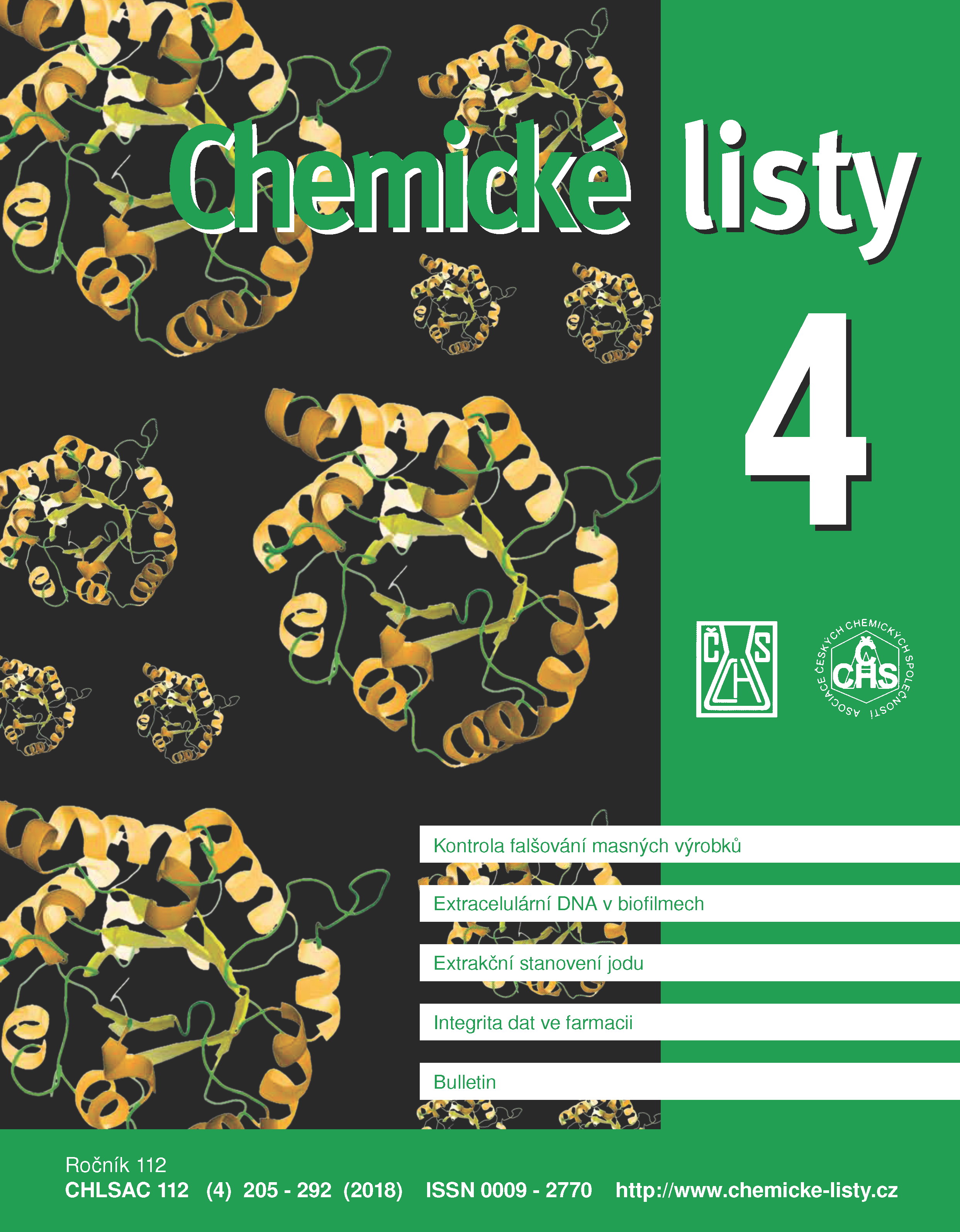Extracelulární DNA jako cílová molekula k narušení biofilmů
Klíčová slova:
extracelulární DNA, eDNA, adheze, horizontální genový transfer, rezistence, biofilm, narušení biofilmuAbstrakt
Biofilm matrix forms a dynamic microenvironment facilitating the resilience of the biofilm. Extracellular DNA (eDNA) is one of the matrix components playing a crucial role in the cell adhesion, aggregation and structure stabilization. Its sticky nature and negative charge reduce the penetration of antimicrobials and further enable the biofilm tolerance or even resistance. The resistance can be encoded in the biofilm matrix genetic information. Moreover, the biofilm matrix with eDNA creates an ideal environment for gene transfer. For all above mentioned reasons, eDNA is a substance with a significant potential for the biofilm disruption in food processing, as well as in medicine. The combination of several different techniques successful in biofilm disruption could facilitate even eradication of the biofilm with various pathogens.





